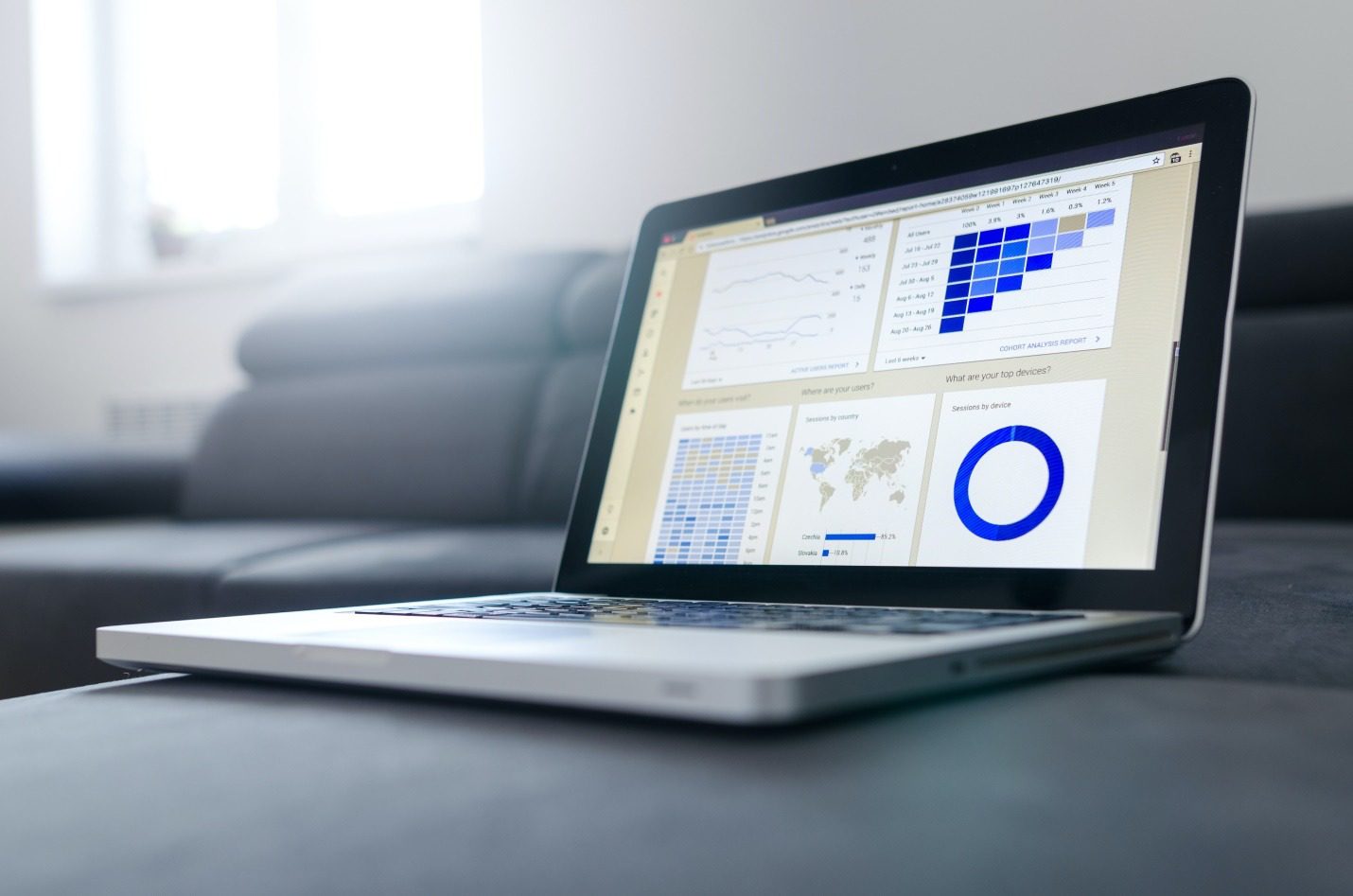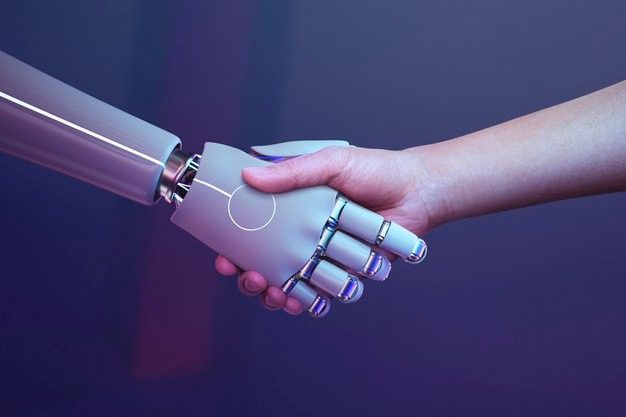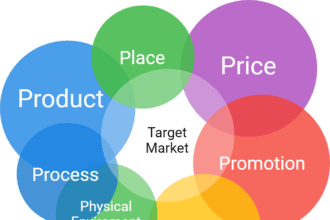We have often heard in the media about how an institution or company is collecting data and using it for marketing or security purposes. What is not common knowledge is how these entities can gather such massive amounts of data.
A time series database or TSDB is the secret tool organizations use to obtain data. It enables users to quickly and consistently input, process, and monitor large amounts of data accurately. A TSDB retains data through pairs of value and time.
These are the six common time series database applications.

1. Forecasting Sales
Retailers always aim to predict the volume of sales that the business might make in the future to prepare by acquiring enough inventories for their stores. A time series database can utilize historical data plus statistical simulations. It then compares the information with consumer behavior patterns to forecast future trends and decide which products they will display on their shelves and at what time.
Nowadays, retail stores also use data to forecast the level of demand for a particular product and the kind of products that are popular in the market at a given point in time.
2. Analyzing Self-Driving Car Data
Self-driving cars usually gather around 4k GB of data daily. This amount of data is too much for regular relational data to analyze. Fortunately, time series databases allow greater data compression and quicker queries and data entry. They are perfect for analyzing large quantities of real-time data, which manufacturers can use to enhance the safety of these cars.
3. Comprehending Financial Trends
It is nearly impossible to foretell financial patterns precisely. Nevertheless, a time series database can offer a lot of contextual data that analysts will find valuable.
Time series databases enable users to compare information, allowing them to get a more precise and detailed picture of something. For example, in the forex market, the dollar’s value can drop and coincide with protests in the U.S.
4. Tracking Web Services, Infrastructure, and Apps
Firms can also utilize TSDB to gauge how their web features or applications are faring. When a company collects this kind of information, it can quickly notice when problems arise. It can be proactive by maintaining and responding to issues to ensure that consumers enjoy a great user experience.
Some mobile and online applications keep the events inside their app in a time series database. These activities could be anything from sharing content, playing a video, or liking. This data enables the app developers to monitor a user’s activities, detect their challenges or performance limitations, and simplify more complicated steps.
5. Getting Access to IoT Data
Numerous IoT applications need frequent information gathering and transmissions, such as temperature, energy, and water meters.
Time series databases can provide you with timestamped information which will help you to spot discrepancies, average usage, and seasonal trends. For example, a device connected to a TSDB can tell you when the value of something is too little or too much so that you can adjust the measurements.
Additionally, IoT machines usually gather large quantities of data which need time series databases that can be scaled quickly.
6. Tracking Assets
Various applications are used to track assets such as pallets, physical containers, trucks, and vehicles. These apps help business owners avoid making losses through theft. Therefore, they are vital tools in the business world.
Using Time Series Databases
It is hard to imagine how life was before the internet and time series databases. The TSDB has numerous applications in our lives today and makes modern life possible. From keeping apps in top condition to ensuring our infrastructure is safe, we owe a lot to these databases.








